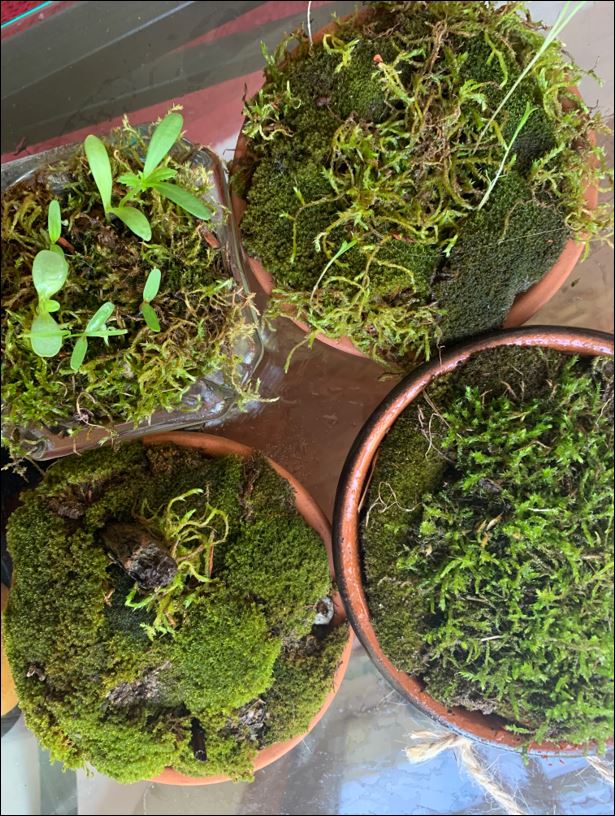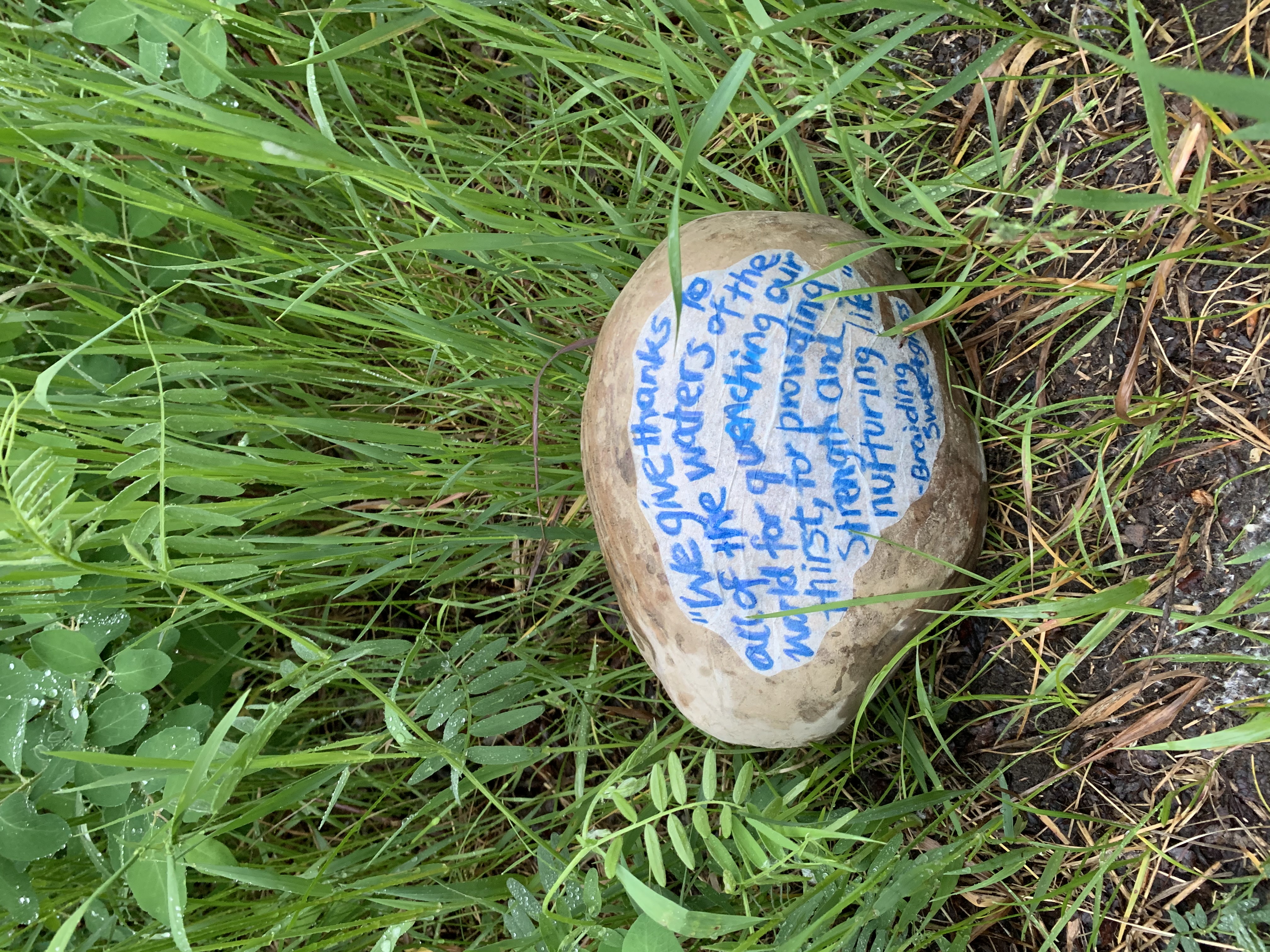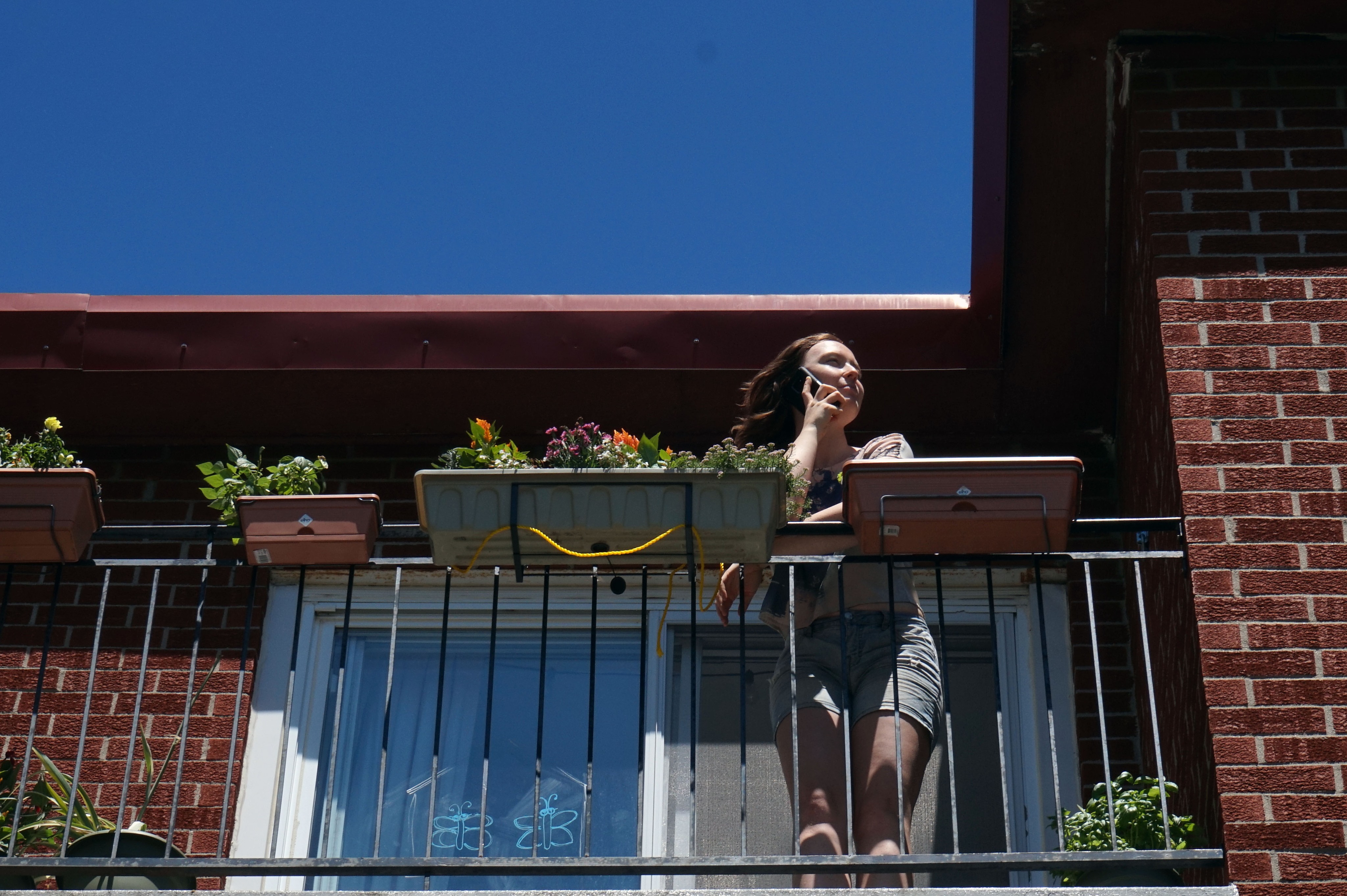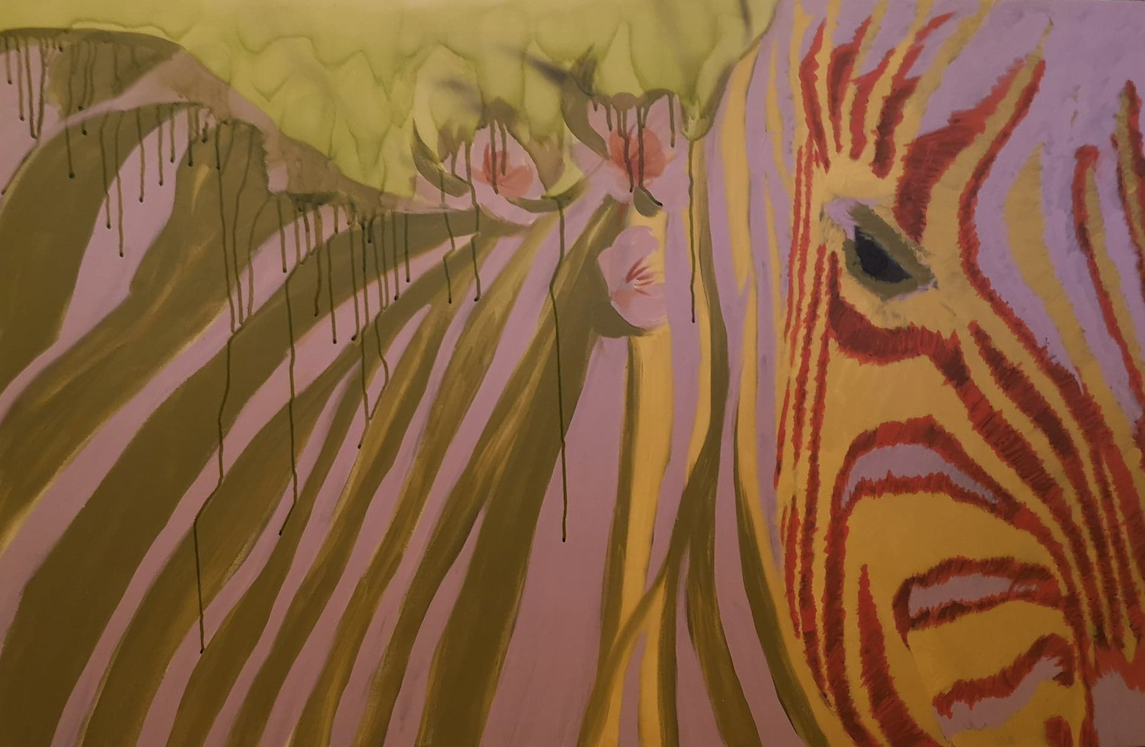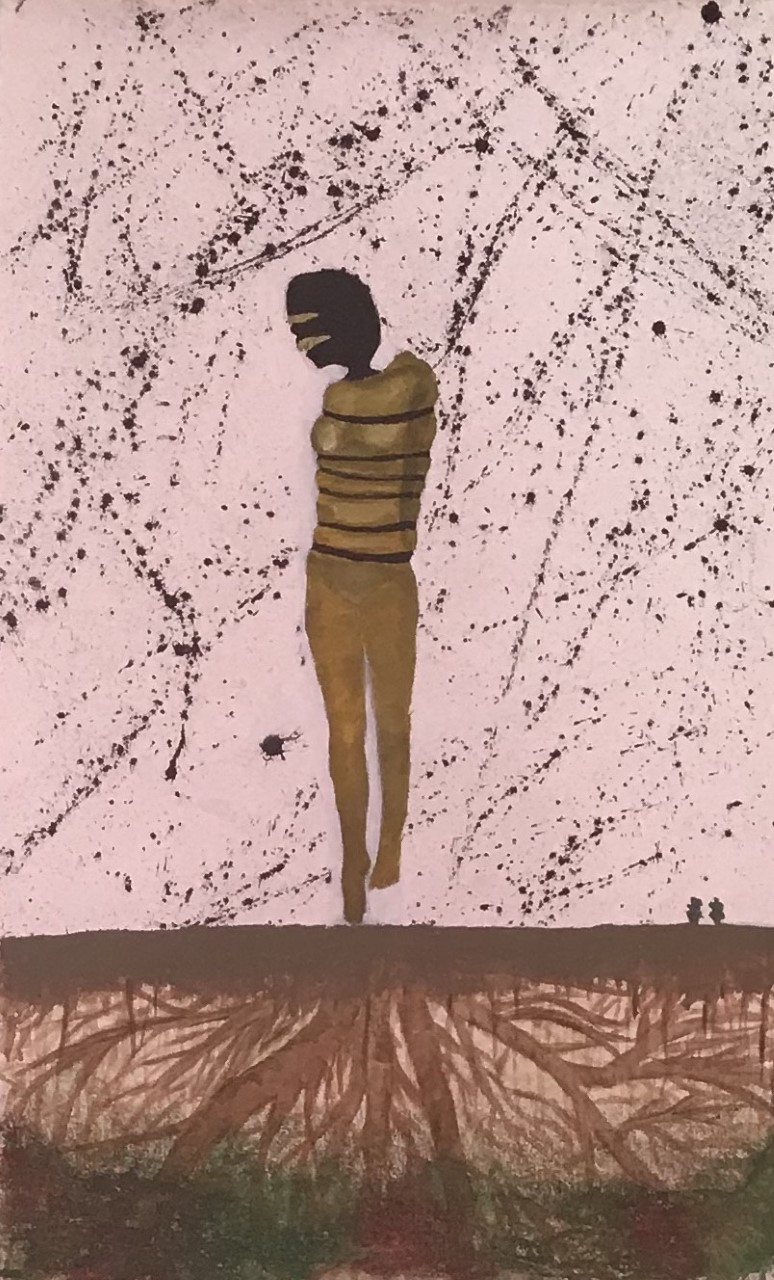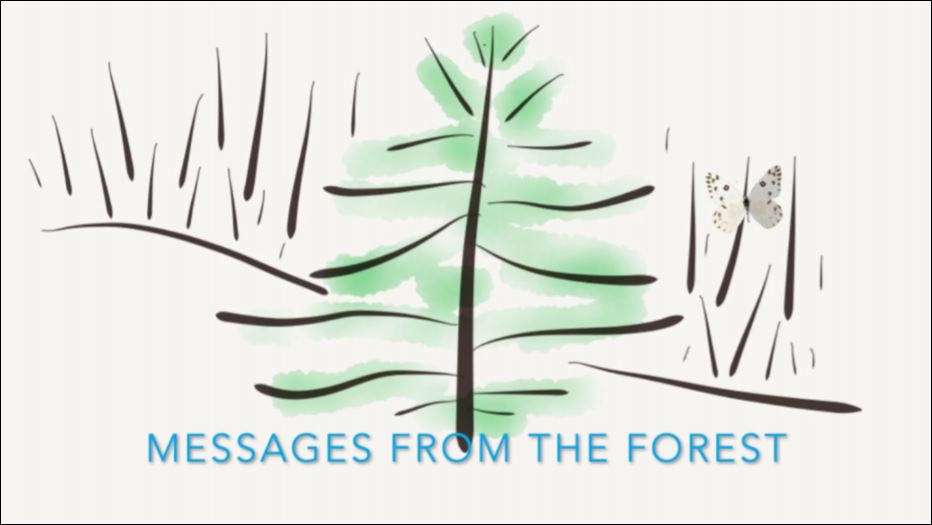by Shannon Brown.
June 2020 Bolton-Ouest, QC
On June 9th I went into the forest to immerse myself in the land and connect to all of its inhabitants. My intention was to ask questions of the land, the wind, the sky, the animals and the plants surrounding me. I brought a drum, a recording device, an iPad and a sketchbook for drawing and painting (both digital and traditional). I chose to only eat nuts and dried fruit and drink water for that time period. My dog Sunny joined me as I set up my chair and tent for this birthday ceremony. I found a special spot in the woods and shared my gratitude for the land. The resulting video chronicles all that I experienced and learned throughout those 24 hours.
Suggestions for your solo forest ceremony:
• Be prepared! Bring water, light snacks, art supplies (sketchbook, pencils, markers, small paint kit), a folding chair, and instruments you may want to play (music is the language of all life), a blanket, umbrella, clothing for warm or cool temperatures, toilet paper and a small bag for any garbage, natural bug spray (lavender or citronella), a camera (phone is ok, just keep your data and wifi off!), your tent and all the cozy blankets and sleeping support you need. If you can make a safe fire do that. Fire is a great companion during an experience like this, but not necessary.
• Make sure someone knows where you are and can be “on-call” if you need their help. Trust yourself to know what is right for you.
• Start your ceremony by stating your intention, either writing it down in your sketchbook or saying it out loud or in your mind. Ask: Why are you doing this? What do you hope to discover? Ask for any help you feel comfortable asking for (your ancestors, your spiritual guides if you have them, ask the forest to support you)
• What answers are you seeking? Write out some questions like: What do I need to know? What message do you have for me? What can I do next or what is my soul’s purpose? How can I be of best service to the world? Who am I? Stay away from yes or no questions, although they can sometimes clarify the inquiry.
• Settle in and open your ears and mind to the sights, smells and sounds around you. Trust your intuition when it guides you to pay attention. Connect in through your breath and your senses.
• Draw and paint what you feel and see. Try not to rationalize what is happening, get into the no-mind state and just feel.
• Pay attention to everything around you. Focus-in on a plant, animal or tree (for example) and ask it a question. Listen for the messages you hear/see/feel, usually they appear in your mind's eye, for some it is an image or vision, for some a voice in their head, and others may get a strong feeling of knowing in the body. Record your thoughts on a recording device. Let it flow in a non-linear fashion. This is a dreaming type of experience and dreams often don’t make “sense”. You will be able to make sense of it later.
• Notice the different times of the day. How does the light differ, the smells, the sounds around you of the birds, frogs and other animals; who is out at night and who isn’t? Notice the sky and the moon, stars and sun. What messages do all of these elements have for you? How do the leaves rustle in the breeze? get down on the ground and smell the earth. Touch things around you, stay present and connected. This is your time, the outside world can wait.
• Ask for messages from your ancestors too, how can they help you at this time?
• When you sleep, remind yourself to remember your dream when you awake. Keep your sketchbook and pen right beside you so when you awaken you will be able to write the dream down right away. Don’t judge your dream, again, the meaning will come later, this is the gathering time of messages. Draw or paint your dream if you feel inspired.
• Challenges: If you feel you aren’t receiving “messages” just focus on the experience of connecting to what is around you. Move, sing, dance, play. No one is here to watch you (except the sentient beings surrounding you) so try to remember what it was like to be a child who played in the woods, or sat watching a bug crawling along the ground. Reconnect to that curious part of yourself. This might be difficult and that’s ok. If you have emotions let them out. Keep in mind to give it time to come and then pass. If you need support make sure a trusted friend or support worker knows you are doing this. Ask them to be on call if you need them.
• What is your biggest learning or take away? Make a song, dance, drawing, poem or painting about it.
• How will you bring this learning into your life? What are the next steps?
• Enjoy nature! Give your thanks in whatever way you feel most comfortable! Take your garbage with you and don’t leave a trace. The planet needs us now more than ever.
